
Heat treatment is an important method to improve the performance of metal materials. Cold treatment, as an extension and supplement to heat treatment, plays a significant role in enhancing the hardness, tensile strength and dimensional stability of workpieces. This article mainly introduces the basic principles, process flow, applicable materials and application scope of cold treatment.
2025-12-03 15:23:51
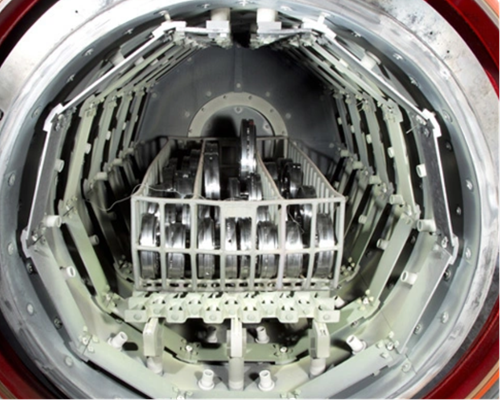
Perform stress relief heat treatment on key processing components (i.e., those prone to deformation or large-sized parts), especially molds. Stress relief is carried out at a temperature of approximately 550°C to 660°C. Usually, it is applied before hardening, with the aim of minimizing tension, but it is also recommended to use it after final mechanical processing. Annealing is typically performed on processed raw material parts to obtain a structure with low hardness, good cold plasticity, and good machining performance for machine tools. Specifically:
2025-12-03 15:22:54
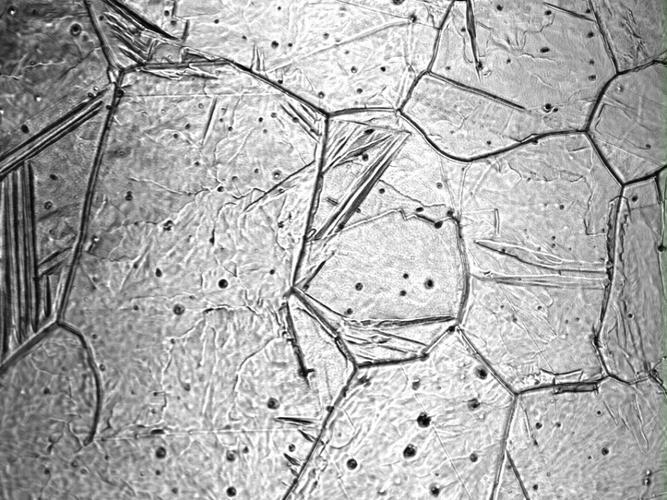
In order to produce cast ductile iron parts with stable performance at low cost, our company once collaborated with a university to conduct research on copper-manganese alloyed cast ductile iron. The results were published in the journal "Foundry" that year.
2025-12-03 15:12:59
Due to the poor thermal conductivity, high alloy content, narrow forging temperature range and high processing difficulty of 9Cr18Mo stainless steel, it is very easy to cause coarse forging structure and twin structure due to excessively high forging temperature and too long holding time. Twin structure has extremely strong heredity and stability, and it is difficult to eliminate through annealing and quenching treatment. Therefore, process tests were conducted on 9Cr18Mo stainless steel bearing parts with forged twin structure to study the feasibility of removing the forged twin structure of 9Cr18Mo stainless steel bearing parts through heat treatment methods.
2025-12-01 14:30:57
PVD (Physical Vapor Deposition, physical vapor deposition) is a coating technology that deposits films on the substrate surface by converting the material source (target) into gaseous particles (atoms, molecules or ions) through physical methods in a vacuum environment. The core principle is to use vacuum conditions to reduce the scattering of gas molecules on the deposited particles, allowing the particles to move in a straight line to the substrate, thereby achieving controlled film growth.
2025-12-01 14:13:42
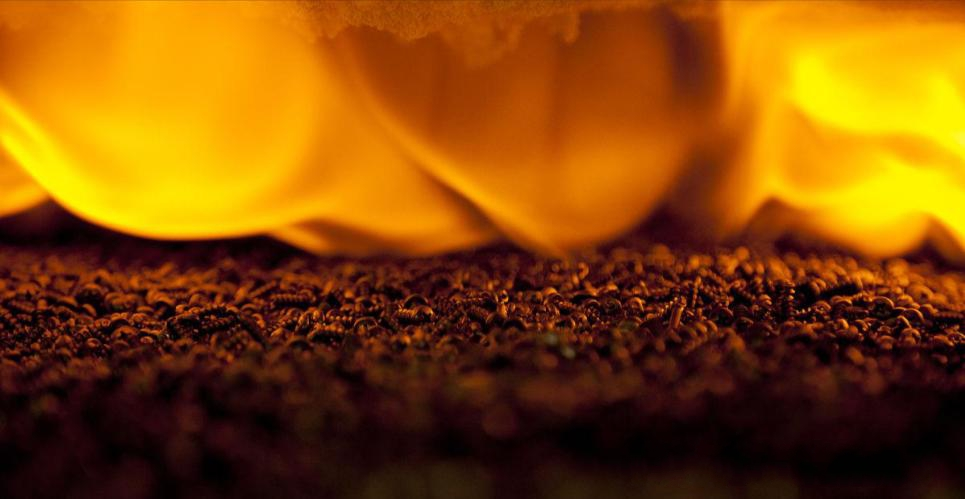
Common Quenching Defects of Steel and Preventive Measures
2025-12-01 13:39:17
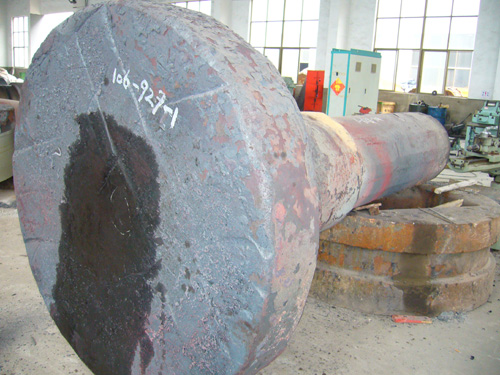
Rolled products and small forgings processed under pressure are prone to obtaining fine and uniform austenite grains. Parts made from such billets and subjected to quenching and tempering treatment (provided that the raw materials and heat treatment processes are normal) usually achieve fine grains of grade 8 or above, which are relatively uniform. However, large forgings are different. G. Bendel et al. 24 took radial and axial samples from oil-quenched and tempered generator shafts (28NiCrMo74), turbine rotors (21CrMoV51), and other large forgings of different steels. They studied the metallographic structures of nearly 200 samples from 100 forgings (with diameters ranging from 400 to 1400 mm, forged from 100 to 150-ton steel ingots) using picric acid and additives to reveal austenite grains. The results showed that the austenite grains of all 200 samples were within the range of 0 to 7 grades, with 3 to 4 grades (excluding those smaller than 3 grades) accounting for 50%. We have also encountered similar situations in the production of large forgings.
2025-11-25 13:55:14
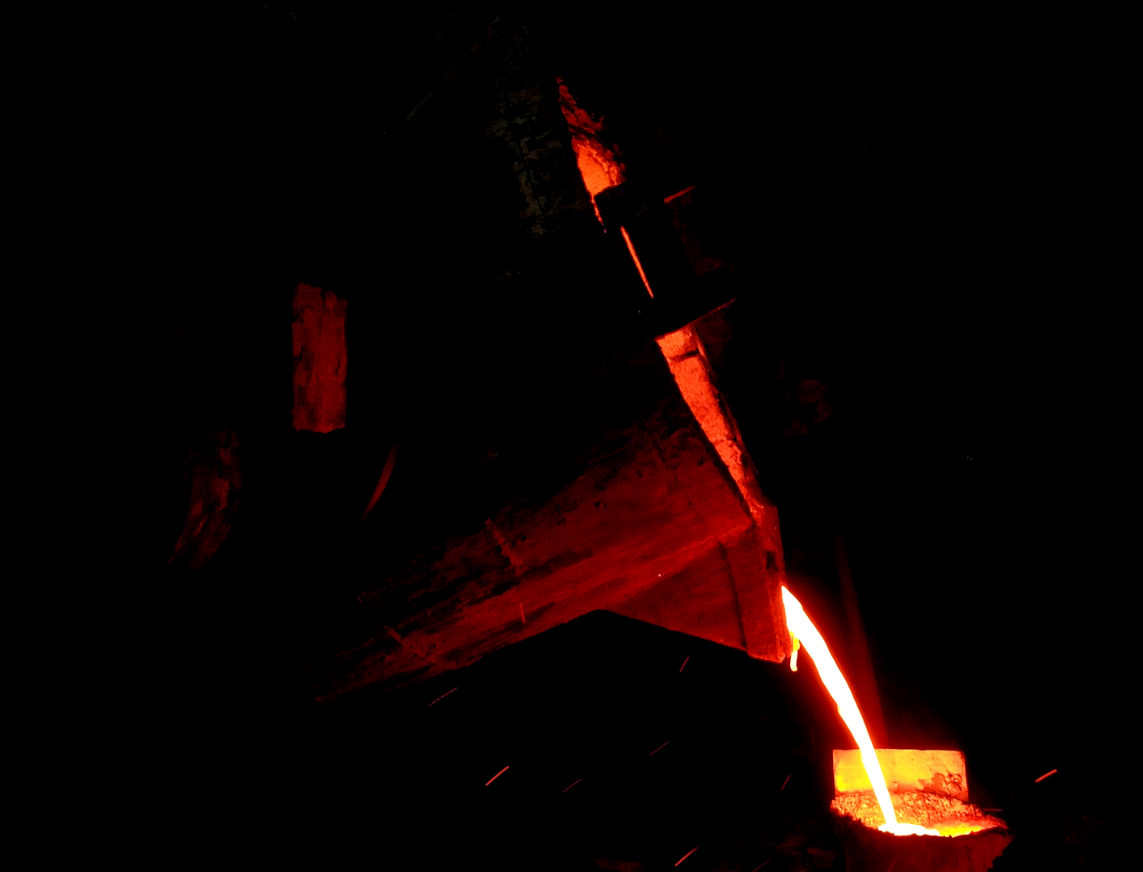
The performance of ductile iron depends on the spheroidization effect of graphite. Medium-frequency furnaces provide the basis of composition and temperature for ductile iron production, but the process has a low tolerance for errors. This article analyzes the three major links of pure smelting, spheroidization treatment, and inoculation process in ductile iron production, clarifying the key parameter boundaries, failure risks, and control strategies of temperature, composition, residual elements, and treatment processes.
2025-11-25 13:53:00
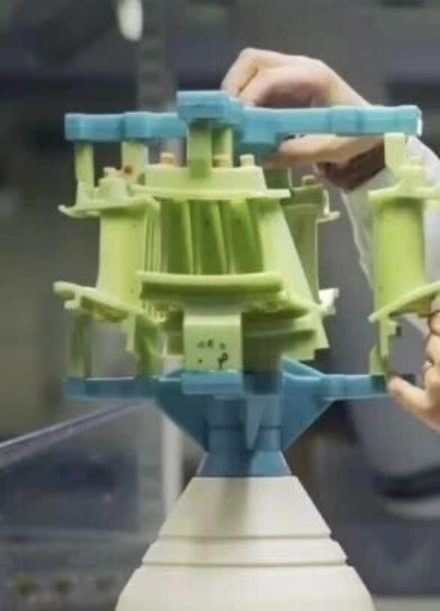
The removal of inclusions in high-temperature alloys is a key technology for improving material performance and promoting recycling, especially crucial in high-end manufacturing fields such as aerospace and energy equipment. Currently, mainstream purification processes can be categorized into three major types: physical separation, melting refining, and emerging composite technologies. The following is a comprehensive analysis of the principles, applicable scenarios, and development trends of each type of technology:
2025-11-25 13:46:25
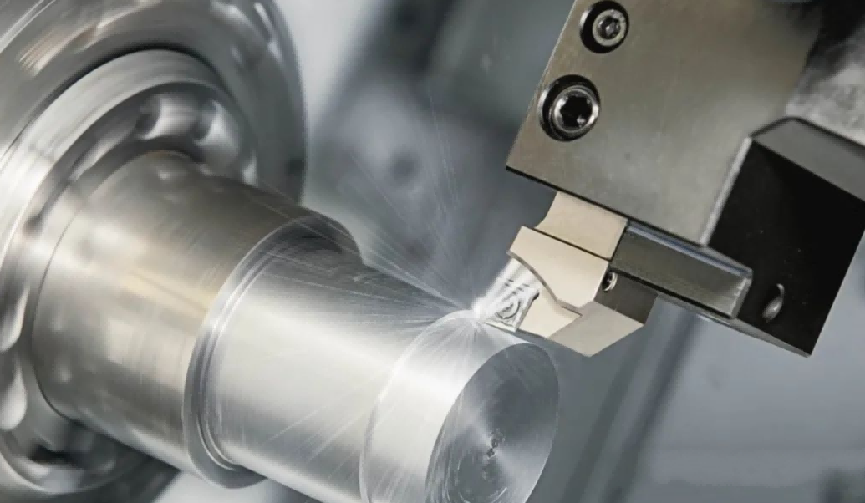
Titanium alloy, with its unique advantages, occupies an important position in aviation, aerospace, medical and other fields. In the past two years, it has also risen in the 3C consumer electronics field, and is used in the body and structural parts of many hot-selling high-end smart phones.
However, the difficult characteristics of titanium alloy processing have been bothering engineers and technicians. This paper will discuss the difficulties of titanium alloy processing and put forward corresponding countermeasures, in order to provide technical support for the wide application of titanium alloy.
2025-11-19 15:54:41
Super austenitic stainless steel 904L is a high-alloy austenitic stainless steel with a low carbon content. It has excellent corrosion resistance in dilute sulfuric acid and is specifically designed for environments with severe corrosive conditions. With a high chromium content and sufficient nickel content, the addition of copper gives it strong acid resistance, especially high resistance to chloride pitting and stress corrosion cracking. It is less prone to corrosion spots and cracks, and has slightly better resistance to pitting corrosion than other steel grades. It has good machinability and weldability and can be used in pressure vessels.
2025-11-19 15:50:56
The die-casting process of the rear end cover of the aluminum alloy motor housing was developed. In the early stage, the runner was reasonably arranged according to the product structure, and the filling and solidification analysis of the gating system was carried out by using numerical simulation software. During the actual production process, it was found that the gas holes in the castings were difficult to eliminate. According to the product structure, different solutions were adopted for different areas. For the gas holes in the thin-walled area at the end of the product where the slag pot could not be arranged, the exhaust insert and the increase of wall thickness were used to improve the fluidity of the aluminum liquid; for the dense gas holes in the thick-walled area at the end of the gating system, the cooling was strengthened to accelerate the local solidification and increase the thickness of the dense layer on the product surface; for the gas holes in the thick-walled area at the feeding port, the gating system was analyzed and the feeding was locally strengthened, etc. The trial production results show that the overall gas holes of the product were improved by using the optimized scheme, and the scrap rate was reduced. Keywords: Motor housing rear end cover; Die-casting process; Numerical simulation
2025-11-13 17:28:42
361



